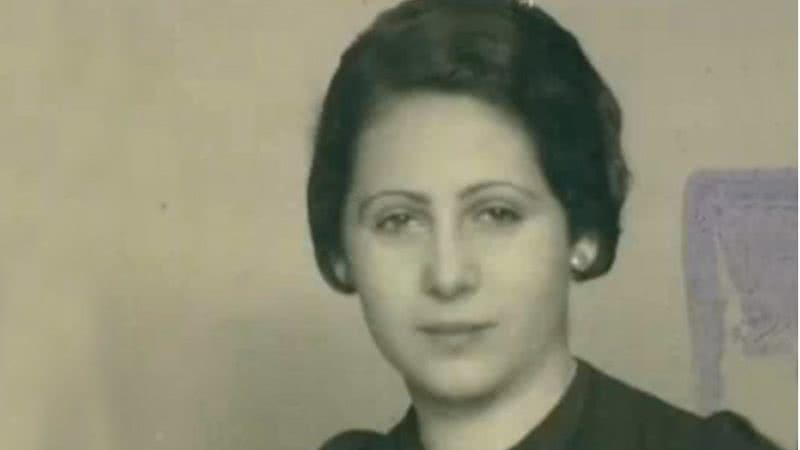


As conditions for European Jews worsened, and with assistance from others, she made the decision to “hide in plain sight.” This is a riveting story of identity, fear, courage, guilt, and redemption. The book starts before the war and covers her decision to remain in Austria as well as events that led to her marriage to a Nazi. … ( more)Įdith Hahn Beer’s memoir of her life prior to and during World War II in Austria and Germany. Now part of the permanent collection at the Holocaust Memorial Museum in Washington, D.C., these hundreds of documents, several of which are included in this volume, form the fabric of a gripping new chapter in the history of the Holocaust-complex, troubling, and ultimately triumphant. She saved every document, as well as photographs she took inside labor camps. Despite the risk it posed to her life, Edith created a remarkable record of survival. She tells how German officials casually questioned the lineage of her parents how during childbirth she refused all painkillers, afraid that in an altered state of mind she might reveal something of her past and how, after her husband was captured by the Soviets, she was bombed out of her house and had to hide while drunken Russian soldiers raped women on the street. In wrenching detail, Edith recalls a life of constant, almost paralyzing fear. Despite Edith's protests and even her eventual confession that she was Jewish, he married her and kept her identity a secret. There she met Werner Vetter, a Nazi Party member who fell in love with her.

With the help of a Christian friend, she emerged in Munich as Grete Denner. When she returned home months later, she knew she would become a hunted woman and went underground.

#1 New York Times Bestseller Edith Hahn was an outspoken young woman in Vienna when the Gestapo forced her into a ghetto and then into a slave labor camp.


 0 kommentar(er)
0 kommentar(er)
